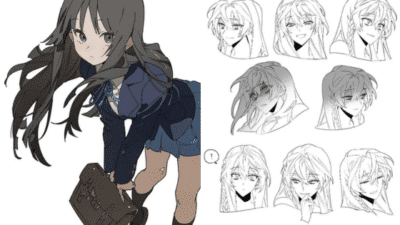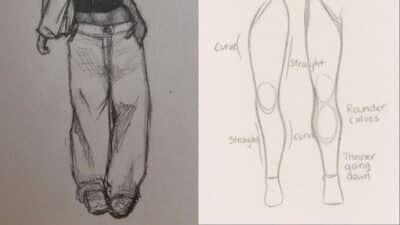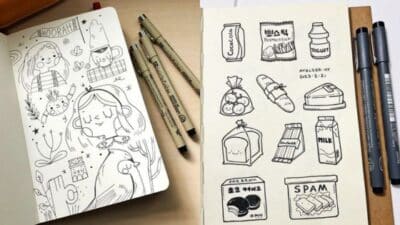Students looking to create a strong drawing portfolio should focus on including a variety of work that shows their skills and interests. A great portfolio usually includes different styles, subjects, and techniques to highlight creativity and technical ability. This helps schools or employers see the range and depth of the artist’s talent.
It’s helpful for students to choose subjects that matter to them personally, like family, nature, or daily life. This keeps the portfolio original and meaningful. Using both traditional drawings and experimental styles can also make the collection stand out.
A drawing portfolio doesn’t have to be perfect but should clearly display growth and effort. Including sketches alongside finished pieces can show the artist’s process, making the work more interesting.
Essential Drawing Portfolio Concepts
A good drawing portfolio shows a student’s skills clearly. It should include recent work, show a range of abilities, and meet specific rules from schools or programs. Avoid common errors to make the best impression.
What Makes a Strong Student Portfolio
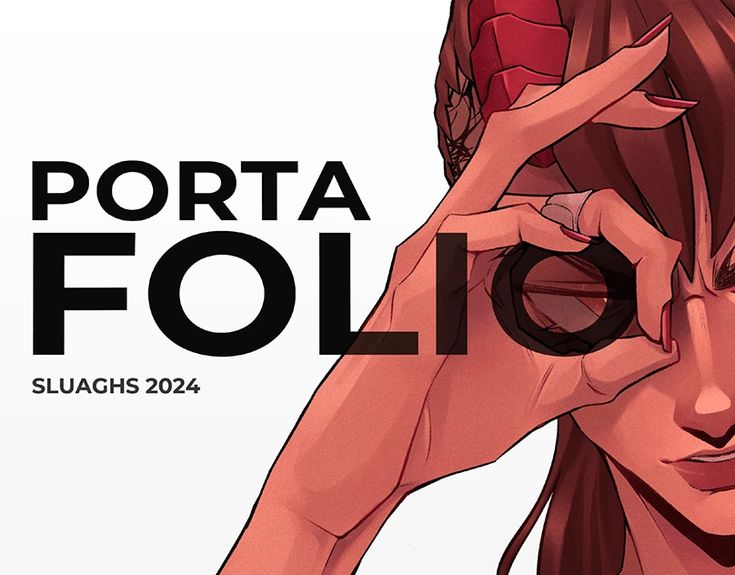
A strong portfolio includes a variety of drawings that show technical skill and creativity. It should have work done within the last 1-2 years to reflect current abilities.
Students should include different subjects like people, still life, and landscapes. This variety shows they can draw from observation and imagination.
Original work matters. Copying others’ art should be avoided because it doesn’t show personal skill. Each piece should demonstrate clear use of line, form, and shading techniques.
Understanding Portfolio Requirements
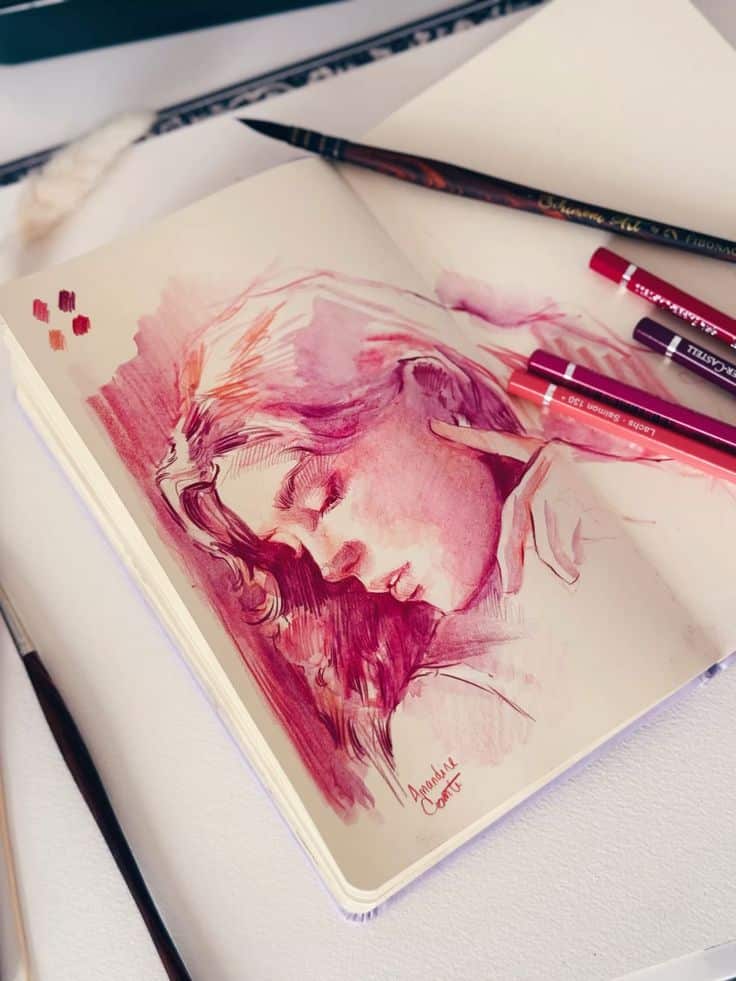

Different schools ask for different things. Some want traditional drawing skills, while others accept digital art too. Students should check what media and formats are accepted.
They often require drawings that show ability to capture spaces, perspective, or movement. Including sketches from observation can meet this need well.
Many colleges ask for 10-20 pieces. It’s best to follow instructions about size, labeling, and file formats when submitting online or in person.
Common Mistakes to Avoid

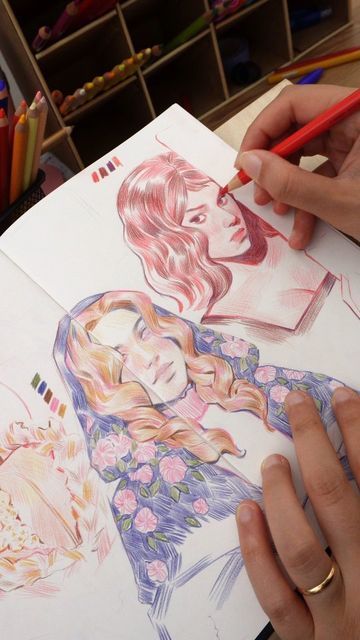
Including outdated or low-quality work weakens a portfolio. Students should choose only their best recent drawings.
Copying artwork or using stock images can lead to rejection. The portfolio must reflect the student’s own style and skill.
Another mistake is submitting too many similar pieces. A portfolio should show range, not just multiple sketches of the same subject or technique.
Ignoring submission guidelines can hurt chances. Always follow size, quantity, and format rules carefully to avoid disqualification.
Drawing Portfolio Ideas for Different Styles
A good drawing portfolio shows variety and skill. It can include careful, detailed work, playful experiments, or mixes of different materials. Each style has unique ways to stand out and show creativity.
Realism and Observational Drawing Projects
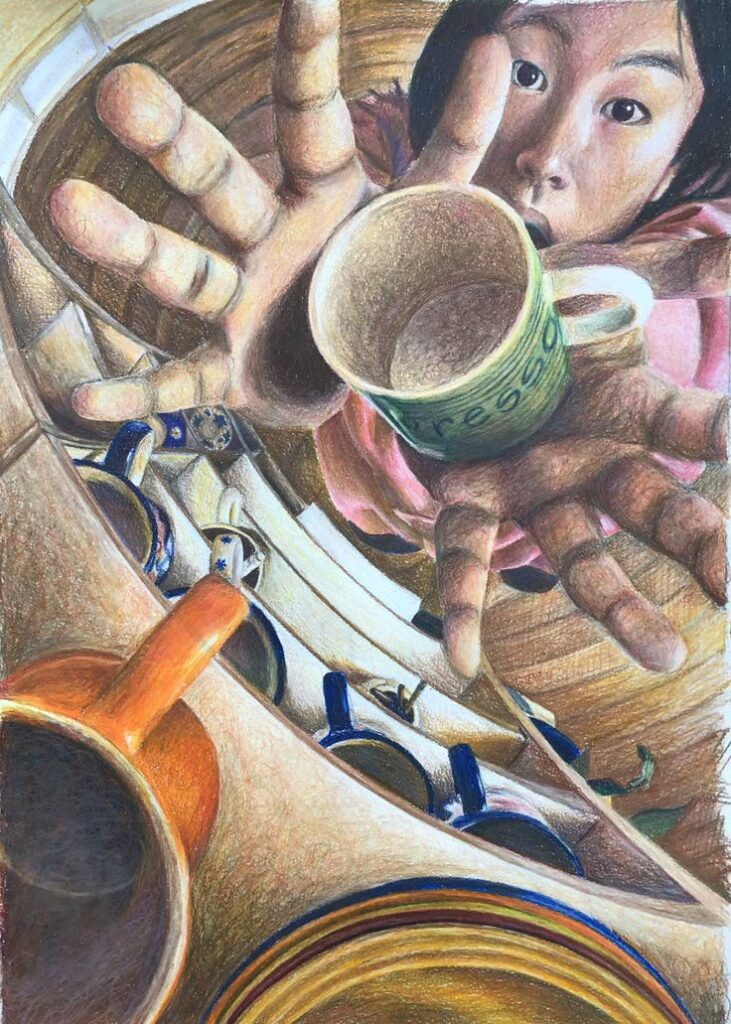
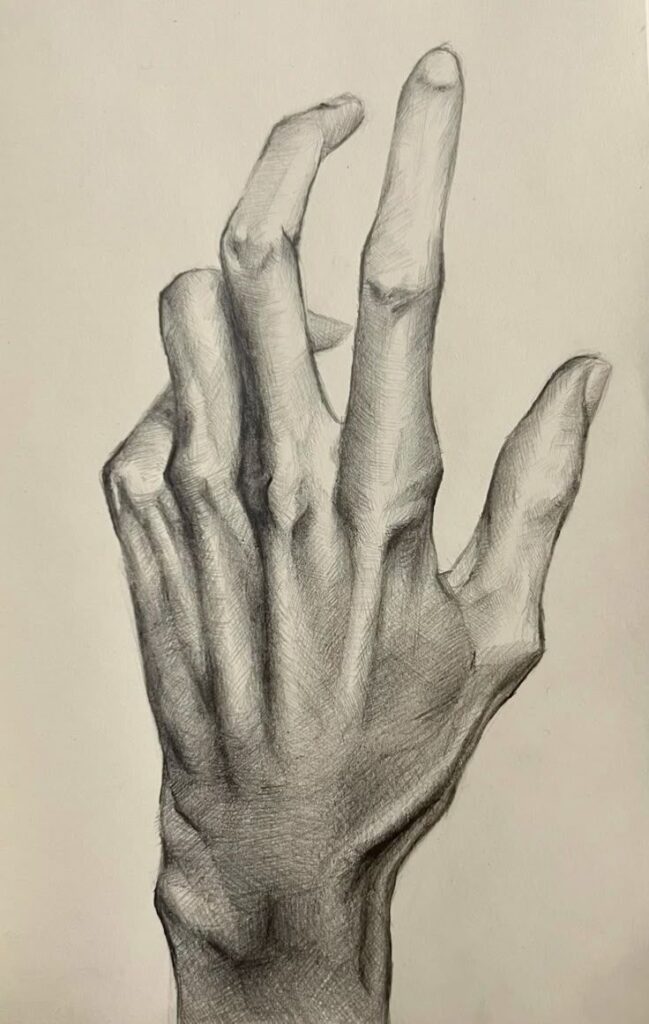
Realism focuses on drawings that look true to life. Students often draw hands, feet, faces, and animals. These subjects help practice proportions and shading. They also show the artist’s ability to capture detail.
Photorealistic pencil drawings from photographs are popular. They show technical skill. Drawing from life, like a still life setup or a person nearby, is also important. It tests how well the artist sees shapes, light, and shadow.
Including different subjects like interiors or outdoor scenes adds depth. Realism projects build a strong foundation in art and show careful observation.
Abstract and Experimental Pieces
Abstract drawings do not try to look like real things. Instead, they focus on shapes, colors, and lines. This style lets artists explore feelings and ideas. It helps show creativity beyond copying reality.
Experimenting with patterns, unusual tools, or different mark-making methods is a good way to create unique pieces. Playing with scale, texture, or repeating elements can make drawings stand out.
Abstract art can also explore movement or rhythm in lines. These projects show confidence, originality, and a willingness to take risks in drawing.
Mixed Media Approaches
Mixed media combines different materials in one drawing. For example, pencil with ink, charcoal with watercolor, or collage with sketching. This approach lets students build texture and depth.
Using mixed media can highlight the strengths of each material. It also encourages problem-solving as artists figure out how elements work together.
Portfolios with mixed media pieces often look fresh and dynamic. They show an artist’s ability to adapt and innovate. This style fits well for students who want to show versatility and creative thinking.
| Medium Combination | Effect | Why It Works |
|---|---|---|
| Pencil + Ink | Sharp details with softness | Balances precision and fluidity |
| Charcoal + Watercolor | Bold, textured, and colorful | Creates contrast and mood |
| Collage + Drawing | Layered, unique composition | Adds physical depth and interest |
Theme-Based Portfolio Inspiration
A strong theme helps tie a drawing portfolio together with a clear focus. Choosing topics that feel meaningful and relatable can make the artwork more powerful and personal. Students should pick themes that show their unique view or skills.
Exploring Personal Identity
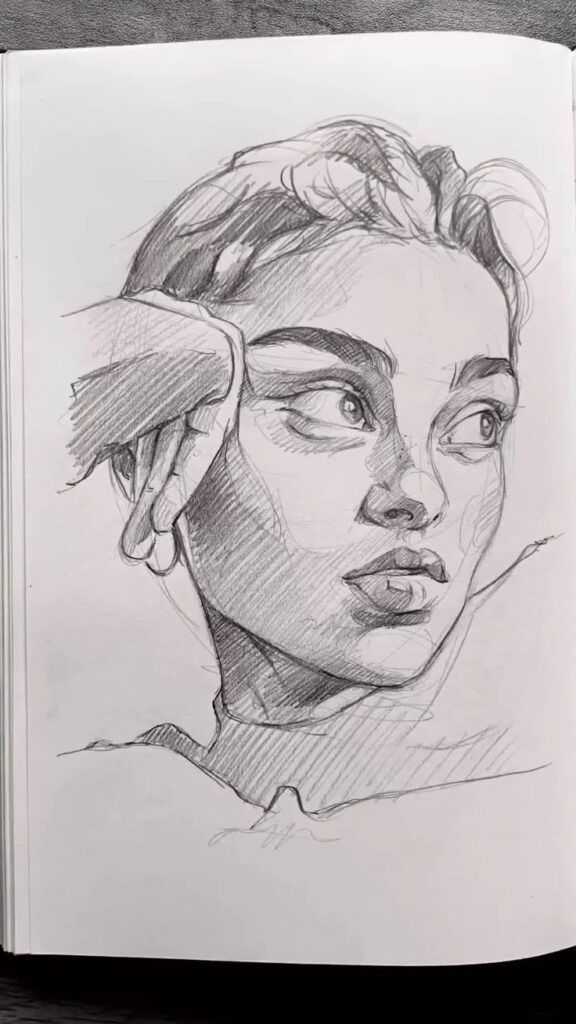
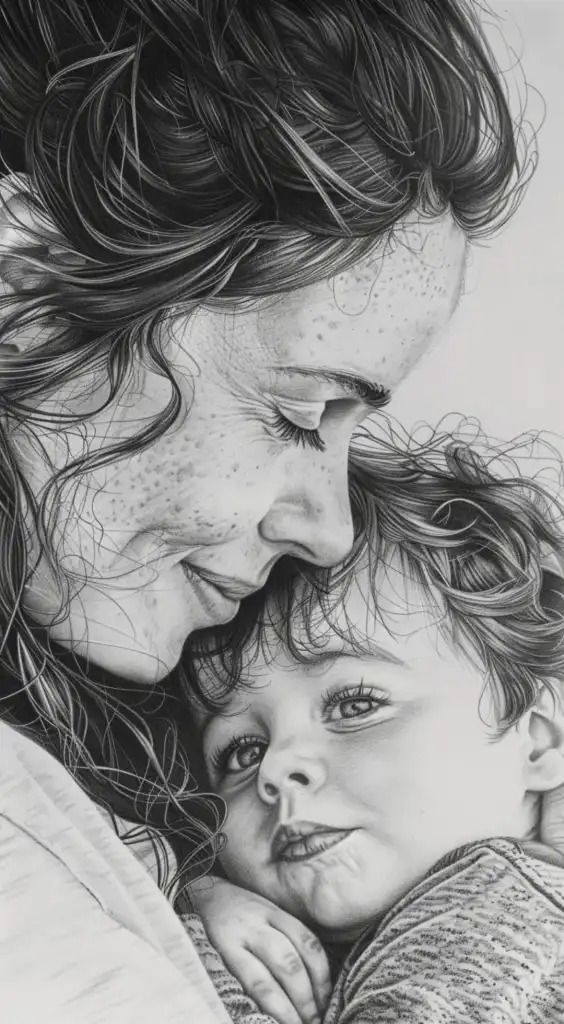
Personal identity themes often include self-portraits, family, and personal stories. These topics give students a chance to express who they are and what matters most to them.
Artists can use different styles and symbols to show emotions or experiences. They might draw moments from their life or heritage.
Working with personal identity also helps build a portfolio true to the student’s voice. It’s a chance to explore ideas like growth, struggles, or dreams.
Nature and Environment Themes


Nature offers endless inspiration for drawing portfolios. Students might focus on landscapes, plants, animals, or environmental issues.
This theme allows practice with texture, color, and light. For example, drawing different leaves or weather conditions can show skill in detail and mood.
Environment-themed work can also include topics like pollution or conservation. These subjects add meaning and can show awareness of real-world problems.
Society and Culture Subjects

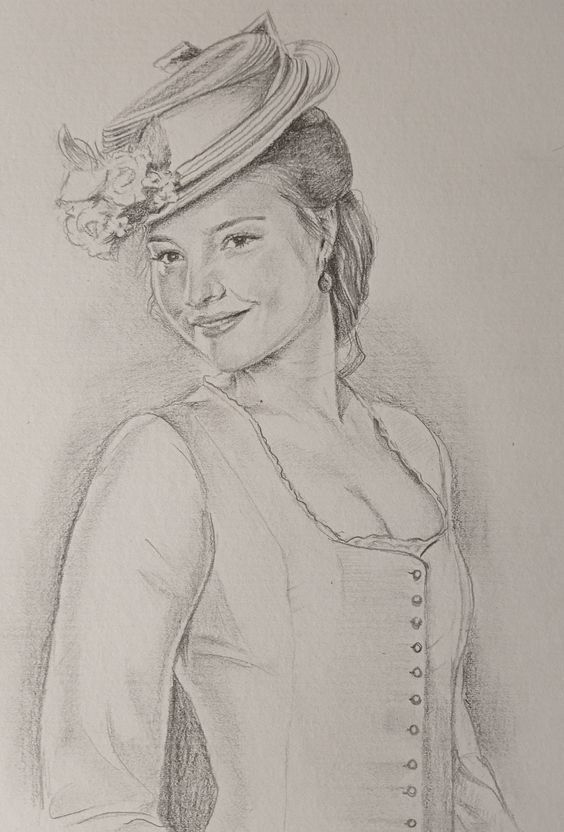
Exploring society and culture helps students highlight diverse groups or social issues. Topics could include celebrations, traditions, or daily life in different communities.
This theme encourages research and respect for other cultures while developing storytelling through art.
Artists might capture city scenes, social gatherings, or historical events. This type of portfolio shows both artistic ability and thoughtful observation.
| Theme | Focus Areas | Benefits |
|---|---|---|
| Personal Identity | Self-portraits, family, emotions | Express individuality, depth |
| Nature and Environment | Landscapes, flora, fauna, issues | Detail, mood, awareness |
| Society and Culture | Traditions, social life, history | Storytelling, cultural respect |
Building Technical Skills in Your Portfolio
A strong drawing portfolio shows clear technical skill across various subjects. It needs careful attention to detail, proper proportions, and understanding of forms. Practicing different types of drawings helps improve these skills, making a student’s work stand out.
Figure Drawing and Anatomy
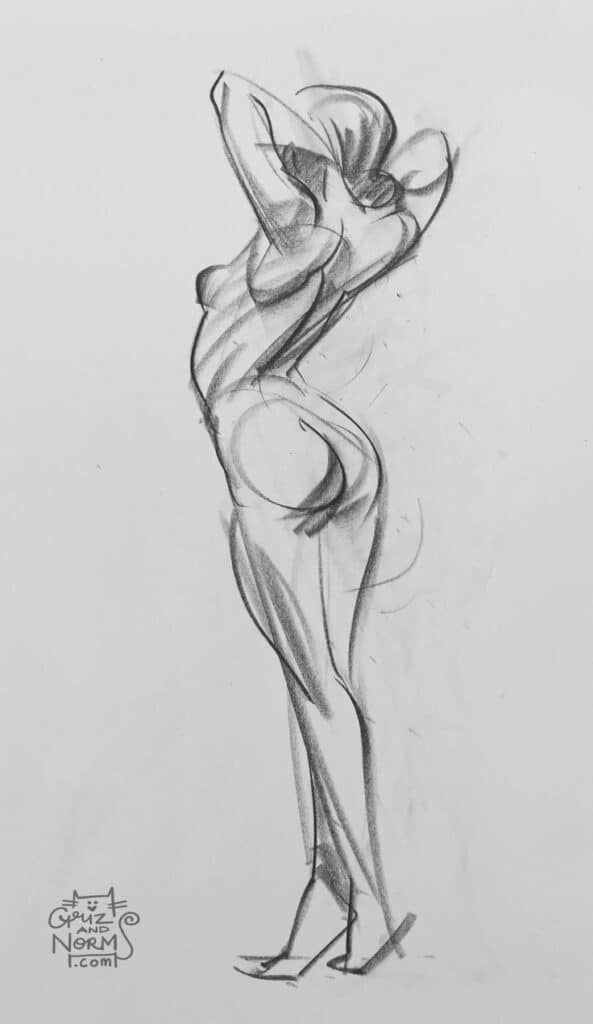

Figure drawing is a core skill for many artists. It teaches how the body moves and how muscles shape the form. Students should focus on capturing accurate proportions of the human figure. This means studying bones, muscle groups, and how joints bend.
Using live models or photos helps improve observation. Quick gesture drawings can train speed and fluidity, while longer drawings build patience and detail. Including 3-5 well-done figure studies shows an ability to draw from real life. Highlighting different poses, angles, and body types adds variety and depth.
Architectural and Perspective Drawings


Architectural drawings demonstrate skill in capturing space and structure. Students should practice drawing buildings, rooms, and other environments. Learning perspective rules like one-point, two-point, and three-point perspective is important.
Accurate use of vanishing points and horizon lines creates depth in a drawing. Including sketches with clear, straight lines and measured proportions shows control over technical tools like rulers or digital apps. Adding shaded or textured surfaces can highlight understanding of light and materials.
Still Life and Object Studies


Still life drawings focus on everyday objects to practice shape, texture, and light. Students should arrange simple items like cups, books, or plants and study how light hits them.
Capturing volume through shading techniques such as hatching, cross-hatching, or blending brings objects to life. Drawing transparent or reflective surfaces, like glass or metal, can show advanced skill. Including 3-5 still life pieces helps demonstrate attention to detail and mastery of various materials.
Tips for Presenting and Organizing Your Portfolio
A well-presented portfolio helps viewers notice the best work first and understand the artist’s skills clearly. Organizing drawings in a clean, easy-to-follow way shows professionalism and care. Using the right format, arranging pieces smartly, and making use of digital tools can all improve the overall impact.
Choosing the Right Format

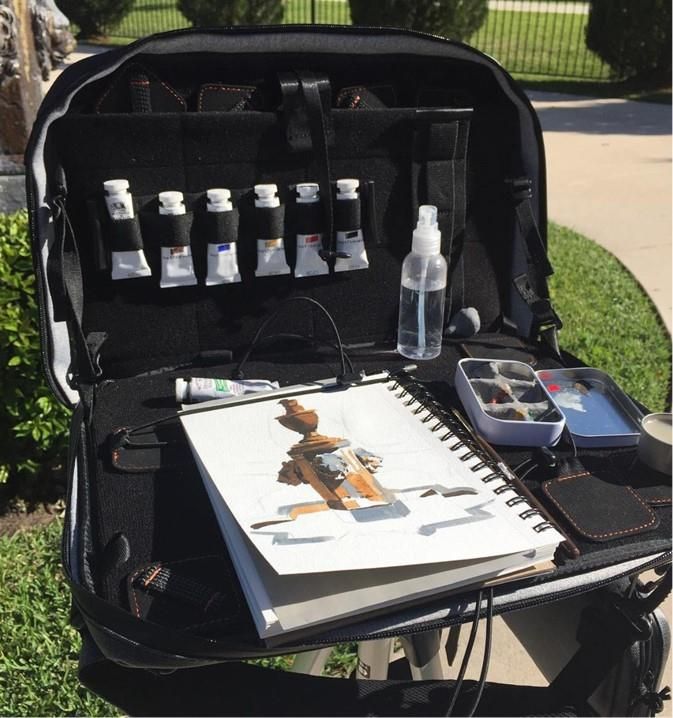
The format depends on where the portfolio will be shown. Physical portfolios should have clean, sturdy folders or binders with clear sleeves to protect drawings. It’s best to keep the size standard, like 9×12 inches, so it’s easy to handle.
For digital portfolios, formats like PDFs or websites work well. Files should be high quality but not too large to load slowly. Naming files clearly, such as “Drawing_Title_Date,” makes it easy to find and share work.
Arranging Works for Impact
Start with the strongest drawing to grab attention right away. Follow it by grouping similar styles or themes to create a smooth flow. It’s good to mix different techniques to show variety but avoid random order.
A common setup is to include 4-6 pieces of observational work, since schools often want to see drawing skills from real life. Keep the total number of pieces to about 15-20 to avoid overwhelming viewers.
Digital Presentation Best Practices
When presenting online, clean layouts matter. Use simple backgrounds and avoid clutter. Platforms like Behance or personal websites let artists organize galleries neatly.
Images should be consistent in size and quality. Captions with titles, dates, and short descriptions help explain the work. Checking on different devices ensures the portfolio looks good on phones, tablets, and computers.
- 568shares
- Facebook0
- Pinterest568
- Twitter0
